Discussion points
To enable more effective and meaningful discussions during the webinar, please consider your thoughts on these points beforehand:
- What would learning look like without jotters?
- How can digital ensure that the assessment matches the learnign and fairly captures skills and knowledge
- Using digital to provide feedback that informs improvements in learners

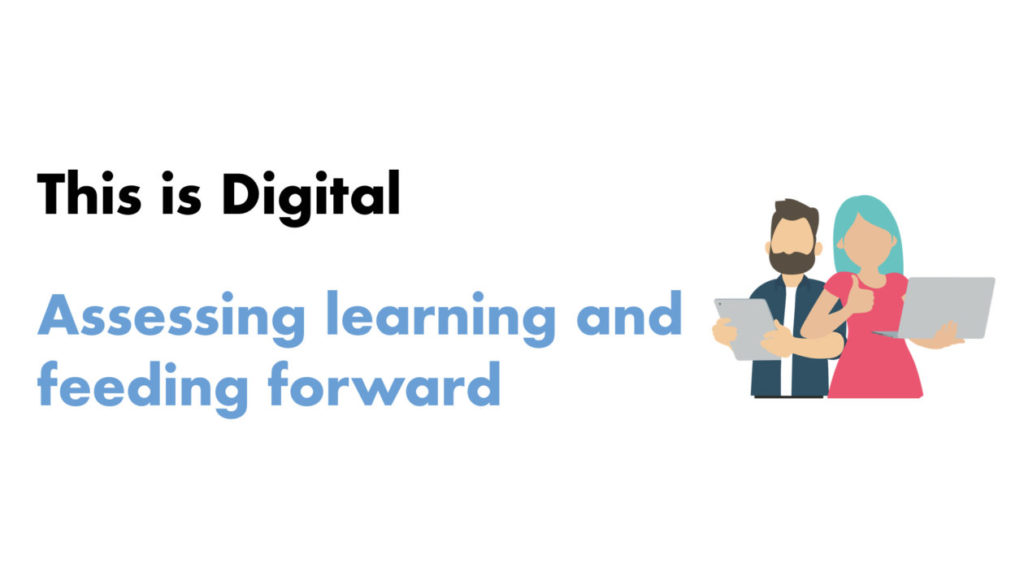
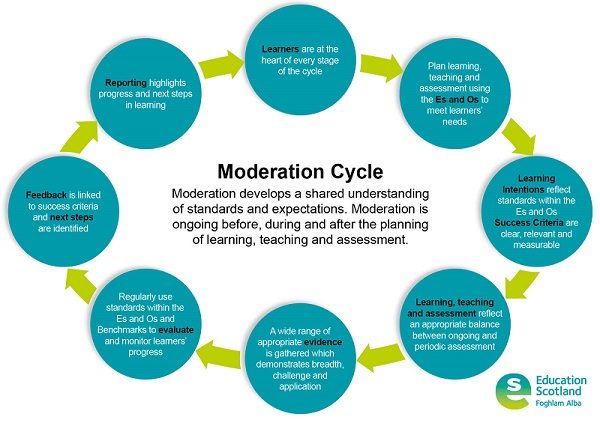


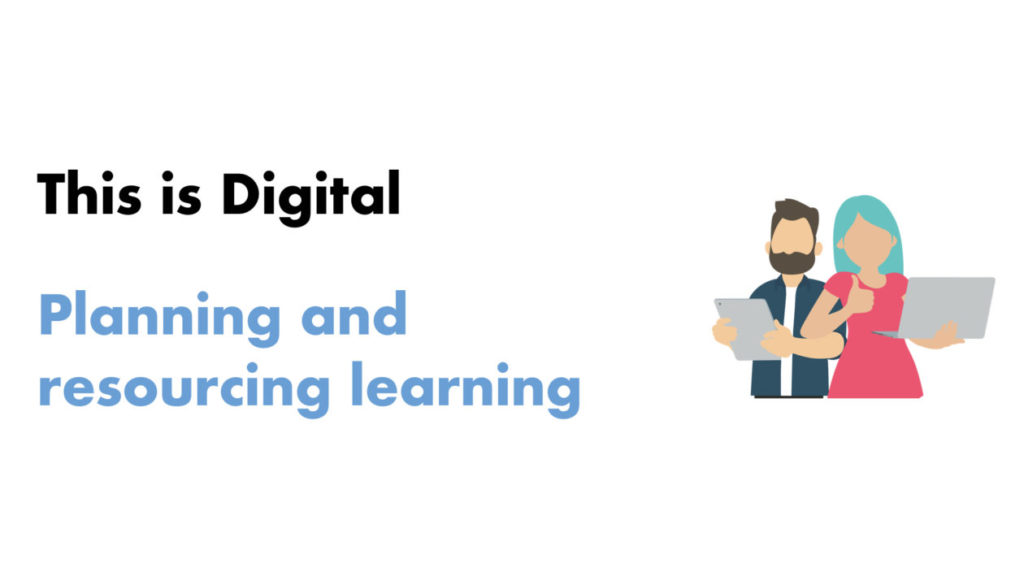
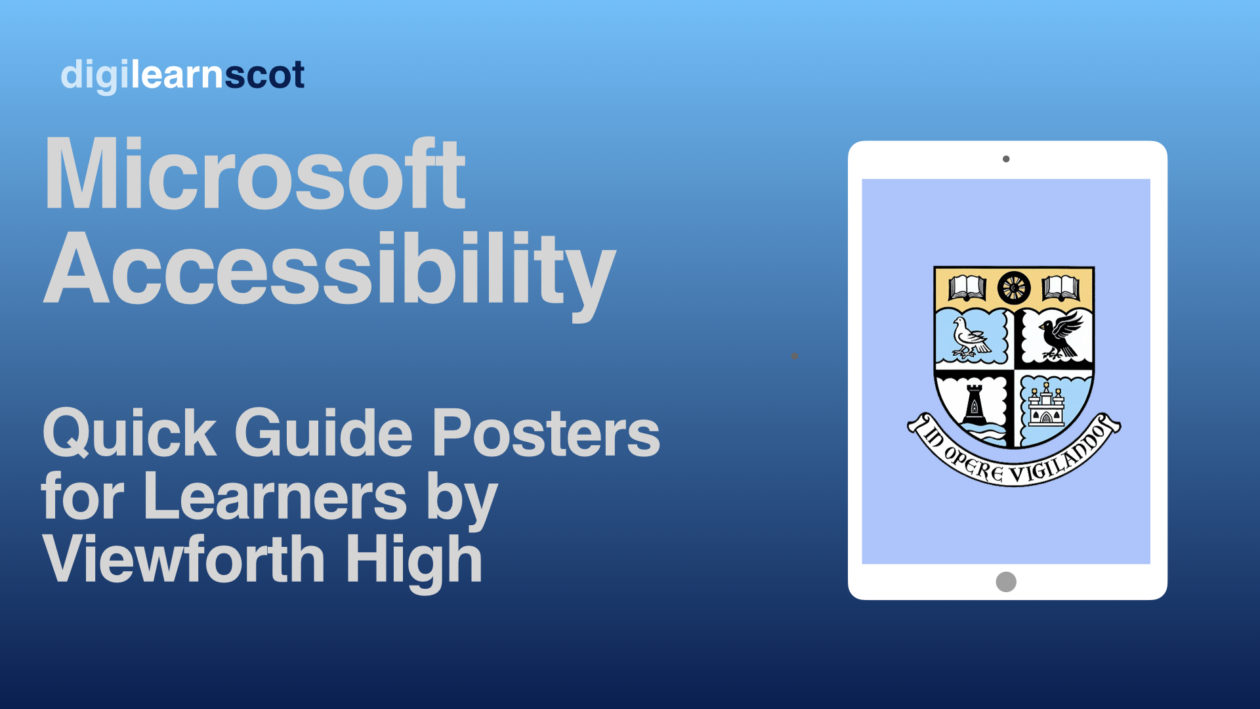
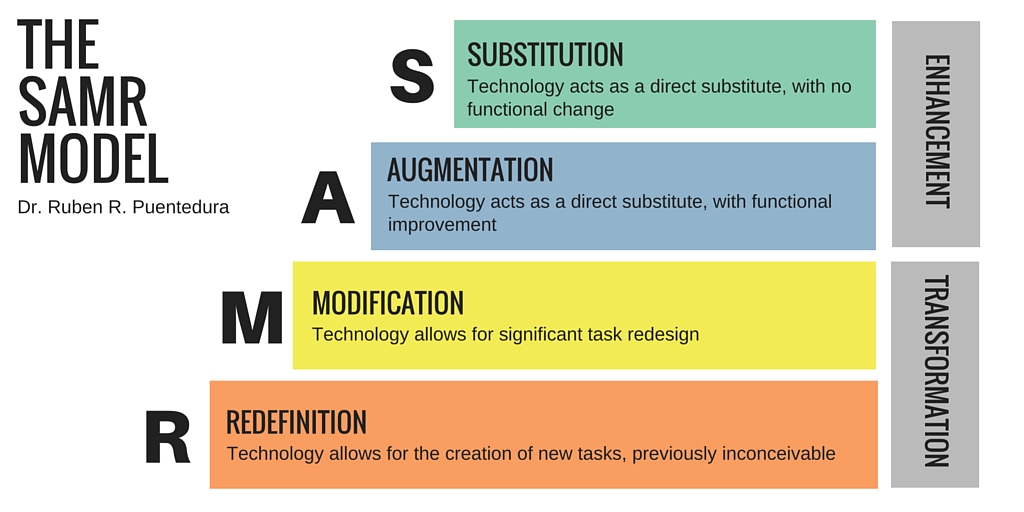

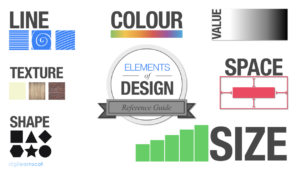
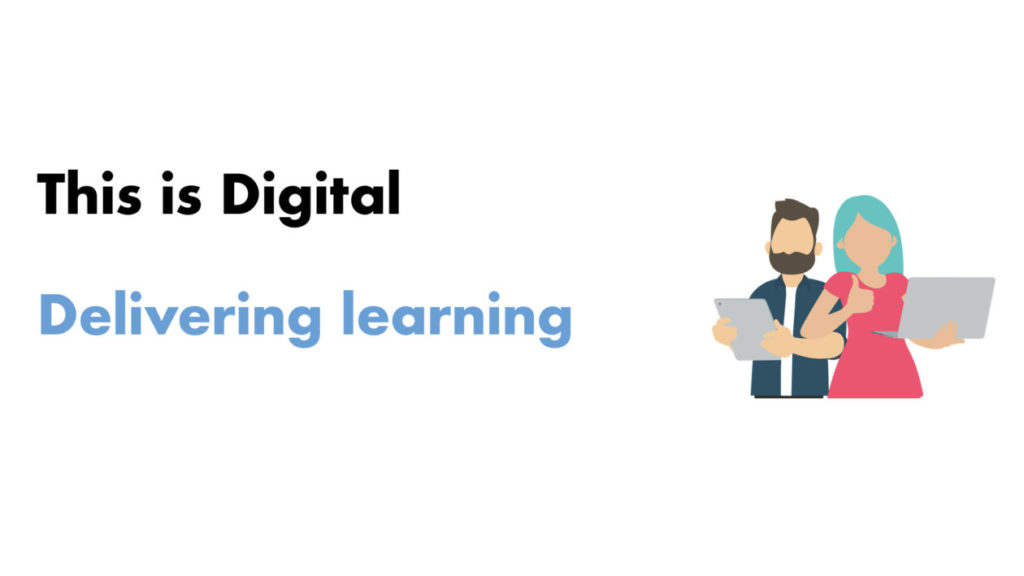

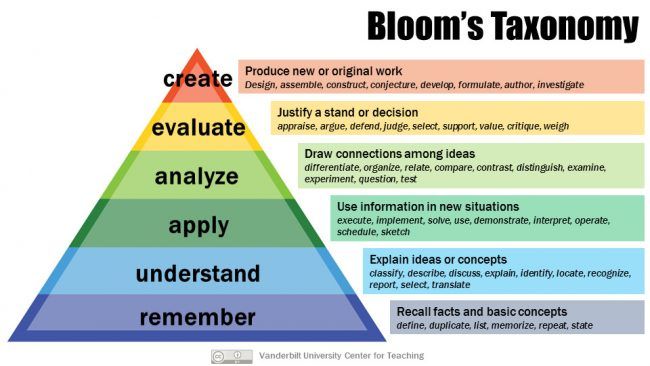

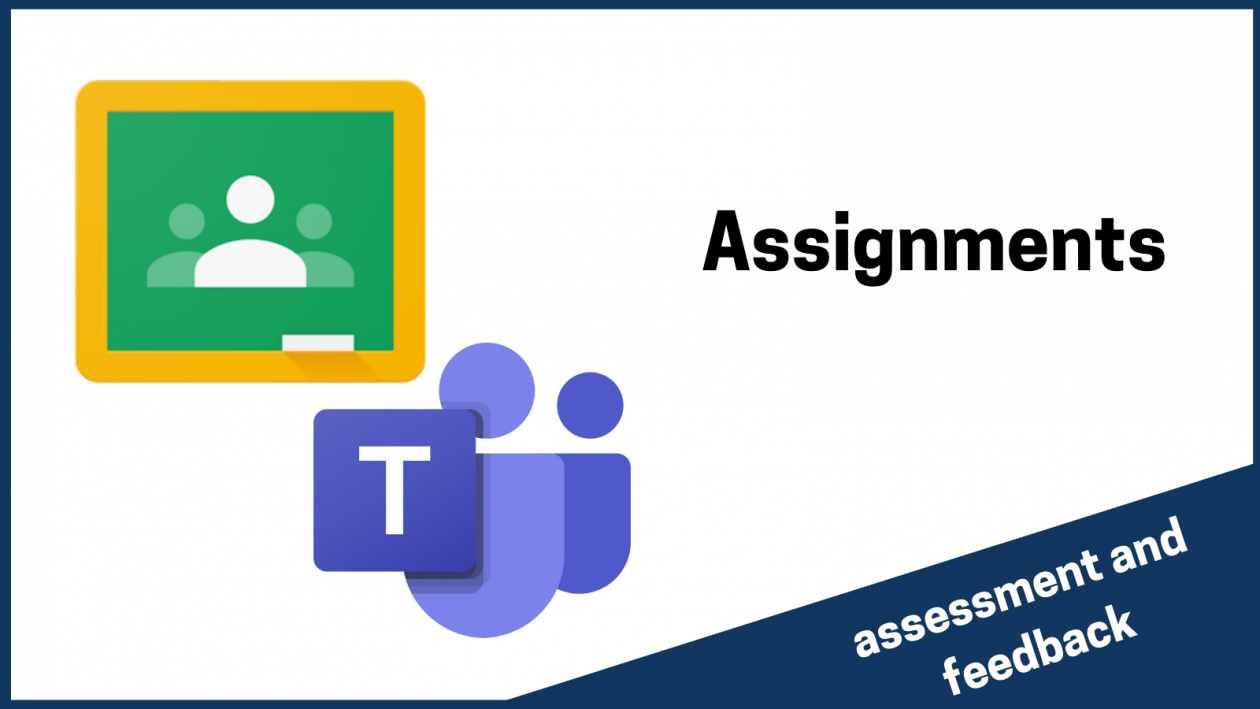
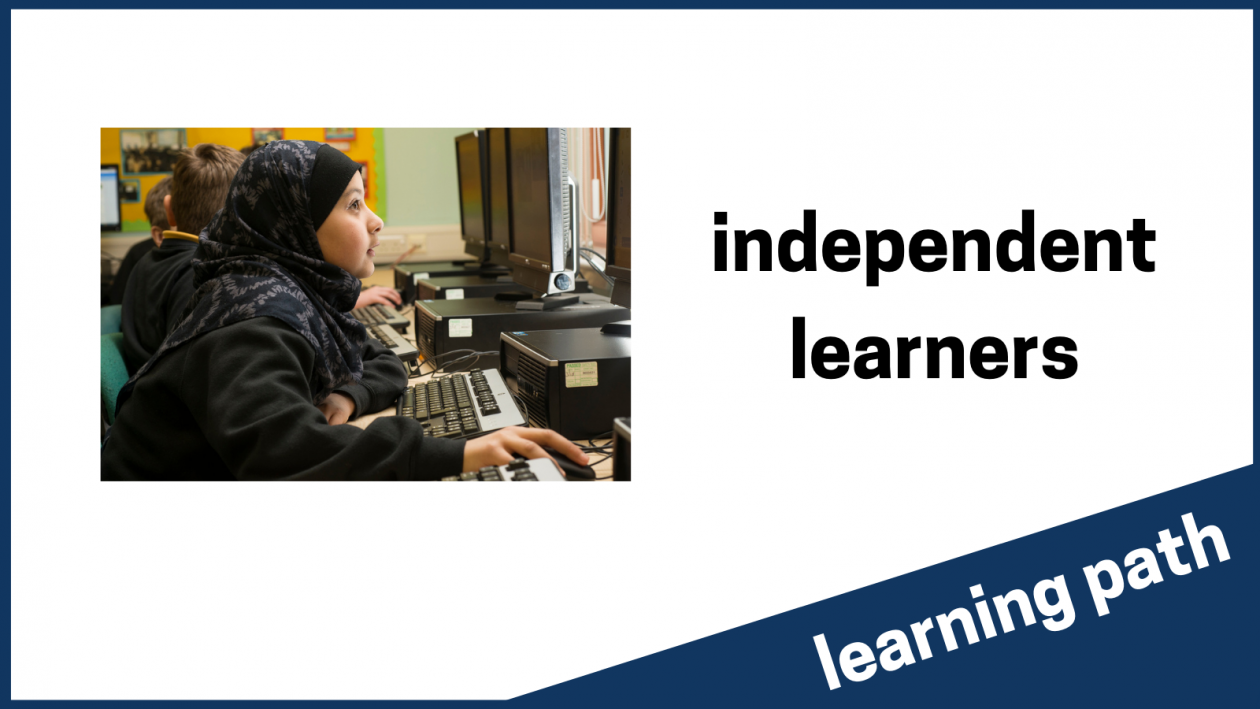
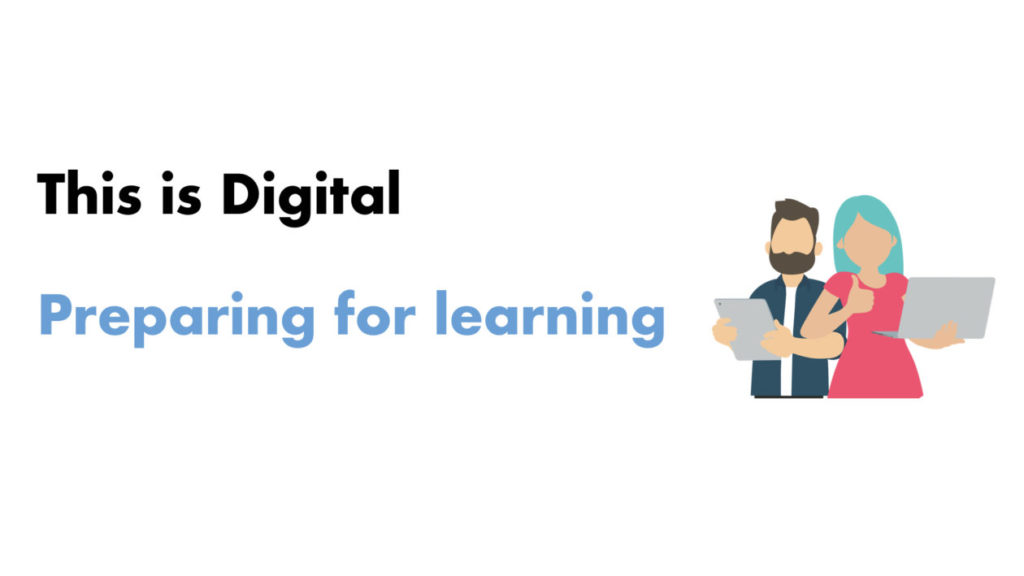

 Subscribe to DigiLearnScot on YouTube
Subscribe to DigiLearnScot on YouTube
You must be logged in to post a comment.